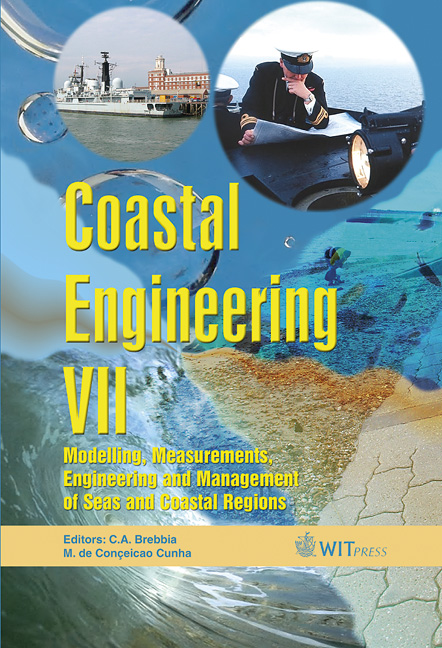Predicting Jellyfish Outbreaks Around Shetland Using MIKE 3
Price
Free (open access)
Transaction
Volume
78
Pages
9
Published
2005
Size
1,402 kb
Paper DOI
10.2495/CE050071
Copyright
WIT Press
Author(s)
M. Elzeir, I. S. Hansen & S. Hay
Abstract
Usually, jellyfish are considered harmful to coastal human activities. The long-distance travel of jellyfish is controlled by drifting current. Hence, it is necessary to investigate hydrodynamic characters to be able to have an early warning system against jellyfish attacks. In this paper, MIKE 3 is used to investigate circulation around Shetland and its effect on jellyfish outbreaks. It was found that wind driven currents entraining oceanic waters brought in by pressure-driven currents are the main reason for jellyfish outbreaks. Also, it was found that stratification and bathymetry should be further investigated in order to obtain a more complete picture of the hydrographical effect on jellyfish transport. Keywords: MIKE 3, shelf zone, circulation, Shetland, jellyfish. 1 Introduction Some gelatinous zooplankton and particularly jellyfish have adverse effect on human activities in coastal waters. Many researchers in the field of marine ecosystem are investigating that effect, e.g. Hay, et al. [1]. Although most gelatinous plankton are capable of some type of locomotion, their long-distance travel is generally under the control of currents and other patterns of water movement (the jellieszone [2]). From the point of view of transport, jellyfish, like fish larva, are different from sediment and pollutant in that the former is able to maintain a certain position within the water column and drifted horizontally by water currents while the later is completely controlled by both water movement and density of both water and particles (falling velocity).
Keywords
MIKE 3, shelf zone, circulation, Shetland, jellyfish.





